
views
The Rajya Sabha on Thursday passed the National Medical Commission (NMC) Bill 2019 despite facing major opposition from the doctors' community. The Bill will, however, be sent back to the Lower House in order to get clearance on the amendments that were made by the Rajya Sabha.
If the Bill becomes a law, the government can grant a licence to Community Health Providers (CHPs) to practice modern medicine for primary and preventive healthcare, which means CHPs can then prescribe limited allopathic medicines –a power which so far possessed only by those who hold an MBBS degree.
This aspect has led the biggest association of doctors, the Indian Medical Association (IMA), and the Resident Doctors’ Associations to agitate against the move.
But health researchers say the new cadre of mid-level practitioners (or CHPs) can easily fill the healthcare resource gap in areas which remain unserved by doctors. The WHO prescribes the doctor-to-patient ratio as 1:1,000. In India, this ratio is as 1:1,596. The country is short of five lakh doctors. This gap is felt more in rural areas where the shortage is acute. Most of the qualified doctors are concentrated in tertiary care hospitals in cities.
Faced by this crippling human resource shortage in the healthcare sector, at least two states in India – Chhattisgarh and Assam – introduced community health workers through diploma courses and have succeeded in drastically improving their health report cards.
In 2001, when Chhattisgarh was carved out of Madhya Pradesh, the new state was left with only one medical college and a few doctors, as many of them moved to Madhya Pradesh. The state started a three-year diploma with a focus on primary healthcare. The graduates, called Rural Medical Assistants (RMAs), filled the 1,400 vacant posts in government health centres in rural areas.
“When Chhattisgarh introduced this diploma, it ensured that the graduates only remain and serve in the public health sector and do not move to the private sector. This was needed for the public health system to grow,” says Samir Garg, Senior Programme Coordinator, State Health Resource Centre, Chhattisgarh.
Similarly, Assam government started a three-and-a-half year community health workers’ course in 2005 to serve its close to 80 per cent population living in rural areas. Till then, Assam had one of the worst health indicators in the country. But as the first batch started work in 2008, the results started showing immediately.
By 2013, 79 per cent of all out-patient-department (OPD) cases in Assam at sub-centre level were handled by the rural practitioners. On an average, they saw 30 patients a day. In sub-centres which had these community health workers, the deliveries saw a jump from 10 per cent in 2010 to 93 per cent in 2013.
The trained rural practitioners easily took charge of fever, diarrhoea, abdomen pain, communicable and non-communicable diseases, malaria, dengue, typhoid and even normal deliveries, which were till then happening unassisted at home.
“The rural practitioners are trained enough to know when to treat and when to refer a patient,” explains Sanjay Das, Senior Community Health Worker, Assam. He adds that with the rural health workers living in close vicinity of the community, they were accessible to people even at night. “The community workers were present for service 24X7,” he adds.
A 2010 study by National Rural Health Mission (NRHM) and the Public Health Foundation of India (PHFI) evaluating the quality of diagnosis by rural medical practitioners in Chhattisgarh shows that the quality of their services is as good as that of an MBBS doctor.
The impact of similar experiments of delivering healthcare through non-governmental community initiatives has also been well documented.
Maharashtra’s Gadchiroli district, with high levels of female illiteracy and malnutrition, reduced its infant mortality rate in rural population by almost 50 per cent and saved newborns from bacterial infections by 76 per cent just by providing home-based neonatal care by village health workers.
Local village women with five to 10 years of education were trained for six months under a paediatrician after which they could diagnose illnesses early and treat pneumonia cases in children who were dying mainly of septicaemia, meningitis and severe pneumonia.
Similar results were found in Himachal Pradesh where locally trained woman healthcare workers were the first point of contact in a village.
Globally too, providing healthcare through local workers is a common phenomenon.
China trained its barefoot doctors in 1960s and roped them into the institutional healthcare structure. It now has a doctor available in every village who can be reached in within a 15-minute walking distance. Cuba started a similar programme around the same time and termed such medics ‘Revolutionary Doctors’. The country today has one of the world’s highest life expectancy of 80 years. Philippines and Thailand also trained village-level health workers to serve in local communities.
In fact, this system of licencing people to practice modern medicine existed in pre-independence India as well.
Before independence, India had two types of doctors – licentiates and MBBS doctors. Licentiates, who studied for three-and-a-half years, formed two-third of the country’s registered doctors at the time of independence. MBBS doctors studied for five-and-a-half years and were fewer in number.
The landmark Bhore Committee in its 1946 report estimated 47,524 registered medical practitioners in the country, of which 29,870 were licentiates and 17,654 were MBBS graduates.
The committee banned licentiates in 1946 and a push was given to MBBS graduates, which met England National Health Service’s (NHS) needs, rather than India’s, states Meenakshi Gautham, Research Fellow Health Systems and Policy Analysis at London School of Hygiene and Tropical Medicine, in her paper. England itself had licentiates for 100 years and their practice was abolished only after the country could establish a sound base of MBBS graduates.
There is enough evidence that a plethora of ailments can easily be handled efficiently at the village level with the presence of trained community health workers. Yet, the IMA is accusing the government of licensing quacks and for providing poor quality doctors for rural India. To oppose the clause of licensing to practice modern medicine, the IMA’s voice has only grown.










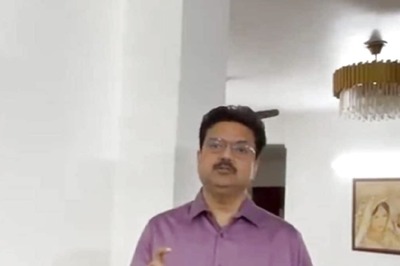
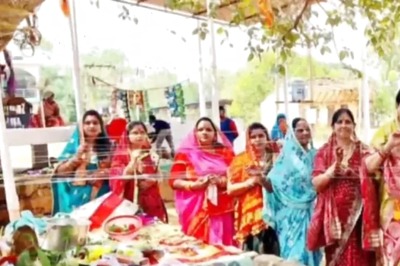

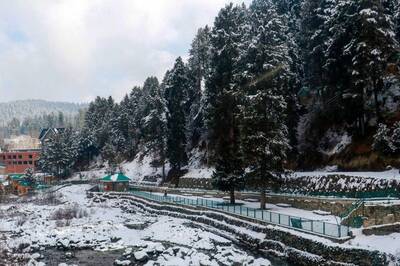

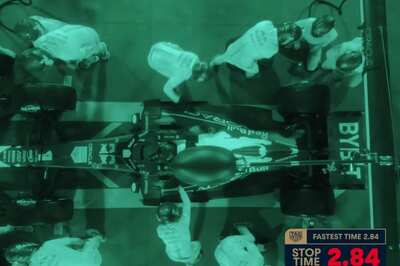


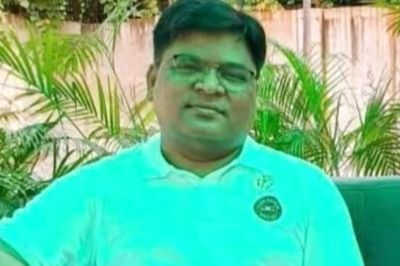

Comments
0 comment